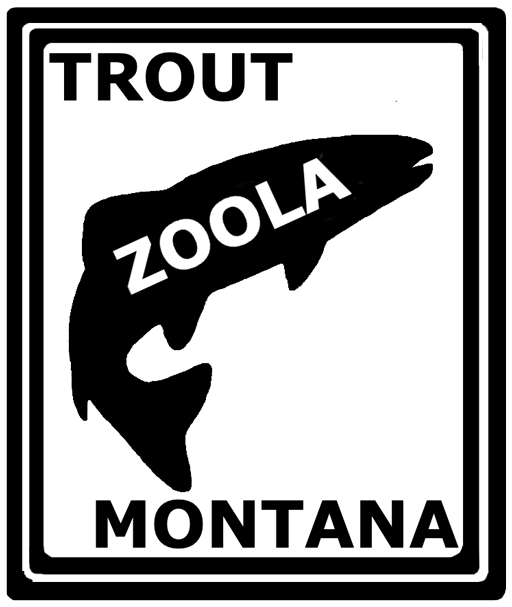I have used many different types of oars over the years. The first oars came with my 1st boat obviously and I didn’t know what I liked yet, so it became a trial and error thing.
Counter balanced: they are supposed to sit barely in the water with the oar blades balanced in the water so they are right where they need to be optimally. They are also supposed to help your oar stroke continue with weight, and balance helping your’ efficiency. At first I liked counter balanced oars in my drift boat. I disliked them in my raft because they are slow, if you need to push or pull real quick, the oar takes forever to move. They did work well on a big slow rivers where you are just rowing through your stroke slowly and have a mile to miss any perils.
Counter balanced oars also sink! There are a lot of cocky guides who boast “Only a panzie loses an oar or, I have never had a boat wreck”. There are two types of guides who work more than 20 days a season around Missoula any way.
1. Guides who have had a boat wreck.
2. Guides who will have a boat wreck.
I hope no guides ever have boat wrecks but a close call can hopefully evade a catastrophe by making cocky guides aware.
Here is an example of what happened me on the Blackfoot one day a few years ago.
It’s high water in May and we are trying to stick around Missoula. The Blackfoot was blowing mud but dropped a little and cleared up enough to take a shot at it. It was however flowing 4,000 cfs and Joe, Blake, and Matt where also running hardboats through places like Roundup and Thibideau rapids so I didn’t want to be the sissy mary and not row mine. There was a foot of visibility at best but if you stuck a dry with a dropper 6 inches off the bank you would get a trout now and then on the dropper.
I was back rowing real hard in a wave train (the entire river was a wave train) trying to get my front angler to take a shot behind a rock when my oar stuck on a rock that I couldn’t see because the river had such minimal clarity. The oar stuck on this rock, my boat turned sideways, and the oar catapulted 15 feet in the air out of the oarlock from the pressure of the boat pushing with the current. It was counterbalanced and of course sunk out of sight immediately. By the way, of the 8 or so oars that I have recovered from other peoples lost oars over the years, 6 have been counter balanced. I was able to safely get to shore and grabbed my spare oar.
It was a scary moment but it was over, at least I thought any way and we went back to fishing. My spare oar however didn’t have a donut/ sleeve to hold it in the oar locks so if you let it go, it would float right out of the oarlock and down the river. Luckily my spare at least would float.
We fish for a short time and my front angler couldn’t hear very well. His back cast hooked my hand and he quickly jerked the rod forward, to my relief the dry fly didn’t hook my hand but to my horror the dropper ended up in my nose. He kept jerking his line as I was screaming at him to stop, I let go of my spare oar to pull the san juan worm out of my nose and my oar floats away leaving us careening down the river out of control again. I yank the dropper out of my nose, blood running, grab my net and throw it in my oar lock, use it as and oar and try to catch up to my spare oar that is racing down the river 20 feet ahead of us. We were heading into a nice big cliff face and I finally caught up to my floating oar, grabbed it, and rowed away from the rock wall just in time. I then took my duck tape and made a sleeve to temporarily keep my oar in my boat if need be.
Three things learned on this guide day.
1. Counter balanced oars suck, because they are slow and sink if you lose them!
2. Never have a spare oar without a donut/sleeve.
3. San Juan worms hurt when they are stuck and ripped out of your’ nose!!!
